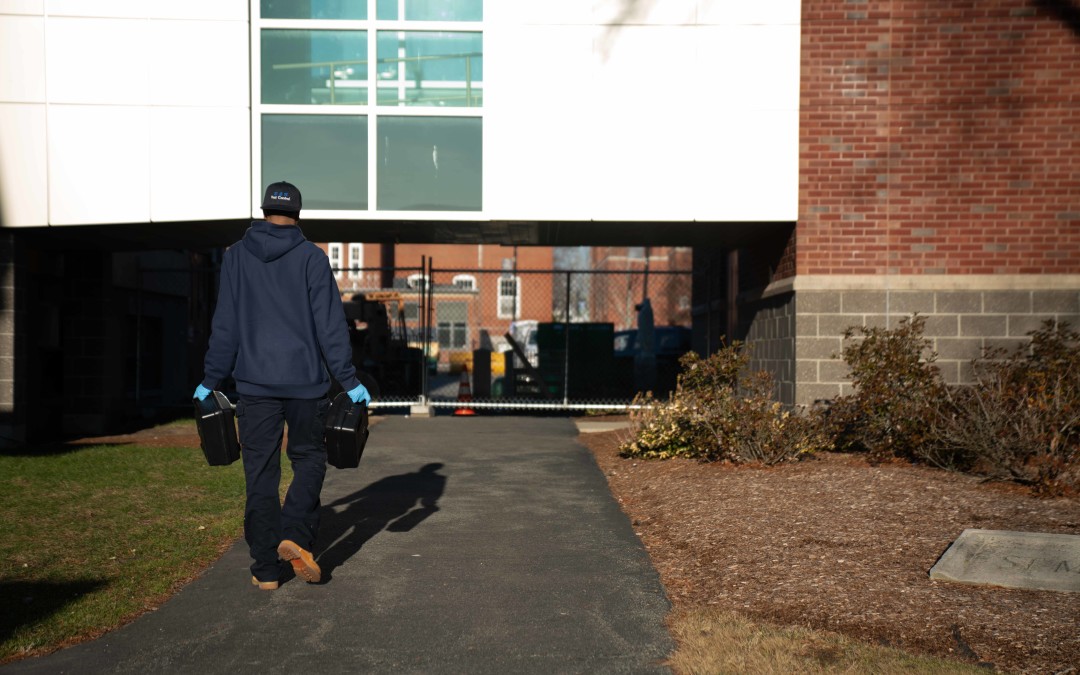Some people have no problem maintaining a well ordered and sanitary house, but others cannot seem to maintain well-kept living conditions to save their lives. Obviously, the risk of falling victim to an insect pest infestation is great for those who live within homes that contain weeks old dirty dishes, piles of dirty clothes, and/or overflowing wastebaskets. Insect pests like roaches, flies, beetles, wasps and even bed bugs are well known for gravitating into messy homes where both food sources and hiding places are abundant. For example, researchers recently learned that dirty laundry attracts bed bugs. In fact, this attraction is so great that bed bugs will literally smell their way into homes that contain an abundance of sweaty clothes. But unlike all the insect pest species named above, ant pests can become an indoor nuisance in even the most immaculate of homes.
Finding groups of ants indoors during the spring, summer and fall season is very common. Many ant pest species have an uncanny ability to enter homes repeatedly no matter what pest control measures homeowners employ to keep the insects at bay. Large groups of ants can appear indoors suddenly over and over again for months. This naturally baffles homeowners, as it is never clear where exactly ant pests originate, or how they enter well-sealed homes. As it happens, ant colonies can establish nesting sites and intricate tunnel networks below a home’s concrete slab foundation. Since indoor ant infestations can only be fully eradicated by removing or destroying the nest where the ants originate, eradicating indoor ants that nest beneath inaccessible concrete slabs is not an easy task.
The larger-yellow ant species is abundant in residential areas of the northeast. These ants tend to nest around the perimeter of a home’s foundation, and they often establish colony nesting sites below concrete slabs. These colonies can contain thousands of individual ants, and between March and May, swarms often emerge within homes. These swarms can contain thousands of reproductives, making them a tremendous nuisance to homeowners. The larger-yellow ant is also known for moving into homes in order to feed on human food sources. The ants that people see indoors during the summer are worker ants that collect food, and larger-yellow ant workers can be recognized by their small 4-4.5 mm long bodies and yellowish-brown exterior.
Do you believe that an ant colony may exist below your house right now?

